How to Make a Planning Application
The basics
The planning application form has grown to some 18 pages, and plans must conform to strict specifications and include a design and access statement (plus innumerable other specialist reports), together with a validation checklist, legal agreement securing ‘contributions’ towards aspects of the councils’ budget and a cheque for the application fee.
Most councils’ websites offer advice on what’s needed when but, as this advice is often incomprehensible even to planning professionals, it’s not much help. So seek specific pre-application advice from the council if you can. Don’t just confine this to what they think of your scheme: get them to confirm exactly what they want to see submitted.
The forms
The council’s application forms can be filled in electronically or on paper, either downloaded from the council’s website or collected from their offices. Working through the questions at an early stage is a good way of highlighting things that might need investigation before your application goes in. For example, the forms ask about things like flood risk and trees, and explain what action might be needed and when.
When completing the forms, keep it simple. Exhaustive explanations should be avoided. “Single dwelling with detached garage” is much better than “executive five-bed hacienda-style home with indoor pool and en-suite Jacuzzis”.
Make sure you fill everything in, even the bits about poisonous chemicals that are obviously irrelevant. There’s nothing like blanks to attract the eagle eyes of the validation officers.
Be clear about the certificates of ownership at the end of the forms. If you don’t own the entire site, for example if you share an access drive, then you have to serve notice on the other owner. It’s not uncommon to find that the ownership of a private road is unknown and here you have to advertise your application, which can be surprisingly costly.
Accompanying reports
For a new house, a design and access statement is compulsory. Look on your council’s website to see what it wants included, and look up other applications to see what sort of statement has been submitted. Keep this short and simple – there’s no need to go into exhaustive detail. If the planning issues are complex, a separate planning statement might be advisable as well. If so, seek professional advice from a planning consultant.
If there are trees on the site you’ll need a tree survey, more grandly known as an ‘arboricultural impact assessment’. Trees often affect layout, so get the survey done early so it can inform your plans.
If your site is likely to be the home of rare or protected wildlife, you’ll need an ecological survey. For converters, old farm and other rural buildings can house bats: where this is suspected, you’ll need a bat survey (which can’t be done in winter when they hibernate). Councils insist on the survey ‘up front’ with the application regardless of whether this sets your project back.
Increasingly, councils want an energy statement with an application for a new house. This must show that a given percentage of the house’s energy requirements can be obtained from a renewable source. You might be able to cobble something together from manufacturers’ information. Otherwise, you’ll need to obtain a brief statement from an energy consultant.
If you’re converting in a town centre, you might be asked for statements dealing with noise mitigation and air quality. These can be quite technical and you’ll need specialist help. Check the council’s planning application records to find reports that have been prepared nearby and contact the consultants who prepared them. Shop around though – prices vary widely.
The fee
Application fees are set at national level and increase from time to time, usually in the spring. The fee for a new dwelling application is currently £462 (June 2018). Your application won’t be processed until you pay, so don’t forget to send a cheque. Some councils enable you to pay on-line.
Contributions
Increasing numbers of councils have policies requiring ‘contributions’ to be paid towards local facilities, such as parking schemes, schools, playing fields or libraries. How these amounts are calculated varies greatly.
Usually the council expects you to enter into a legal agreement to pay the money either at the start of your build or at the finish. You might need to involve your solicitor in this process, and you’ll be expected to pay the council’s legal costs as well as your own.
Check at the earliest possible opportunity whether contributions are required for your project. They can be substantial (£20,000 is not unknown, but they’re usually less) so they must be in your budget from the outset.
Managing your application
Once your application is submitted, the first hurdle is ‘validation’. Some councils are quick to point out if anything’s missing or deficient, others drag their heels for a week or two, then send you an officious looking letter telling you your application is invalid and telling you what you need to do. Try to respond quickly, otherwise they will send the whole application back to you.
Validation marks the formal start of the application and the council will be keen to get it decided within eight weeks. They first send out notice of it to your parish or town council, neighbours, and various consultees, such as the Highway Authority, Environment Agency (if there are flooding or drainage issues), the council’s tree officer, and the design or conservation officer if the site is in a designated area.
Consultees usually have three weeks to respond and these responses are normally posted on the council’s website. Contacting the planning officer during this period is premature as generally he or she won’t have looked at the site until after the consultations are complete. The exception is where a consultee raises something that needs addressing. Speak to the planning officer once the responses are in, and keep close tabs on your application until it’s decided.
Once your approval is in the bag, check the conditions attached. Some might require follow-up action, such as submitting samples of building materials to the council for approval, before you start work.

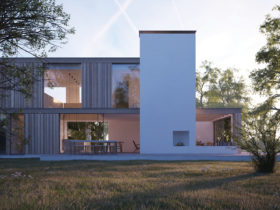






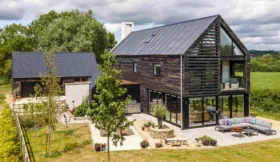













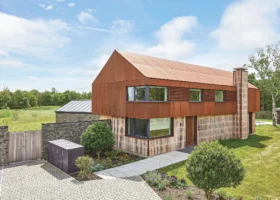
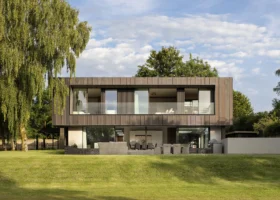


























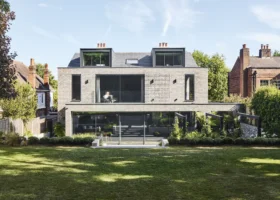












































 Login/register to save Article for later
Login/register to save Article for later

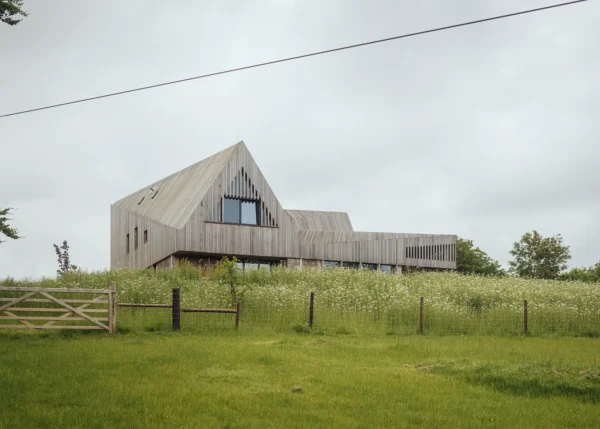
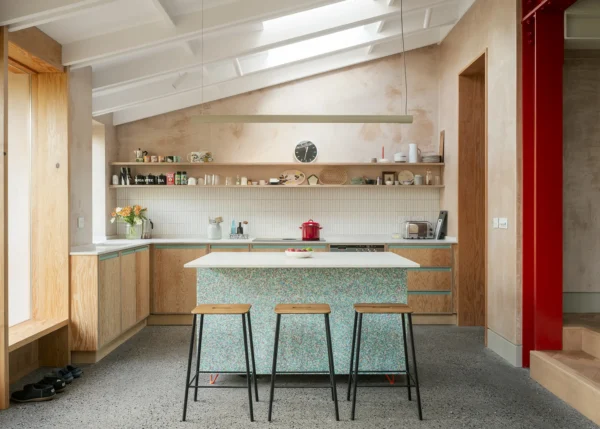
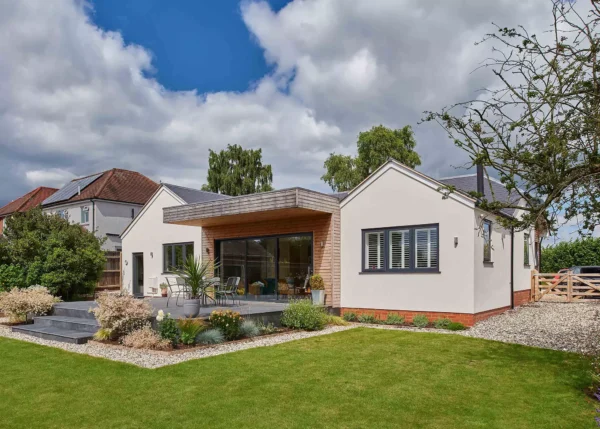
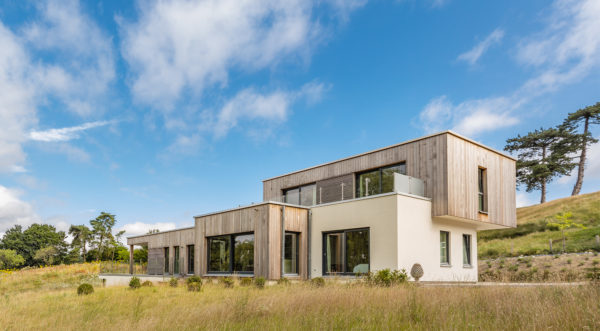








Comments are closed.